GIVE NOW before 2025 ends—your gift will be doubled to help children in need. Click here to 2x your impact!
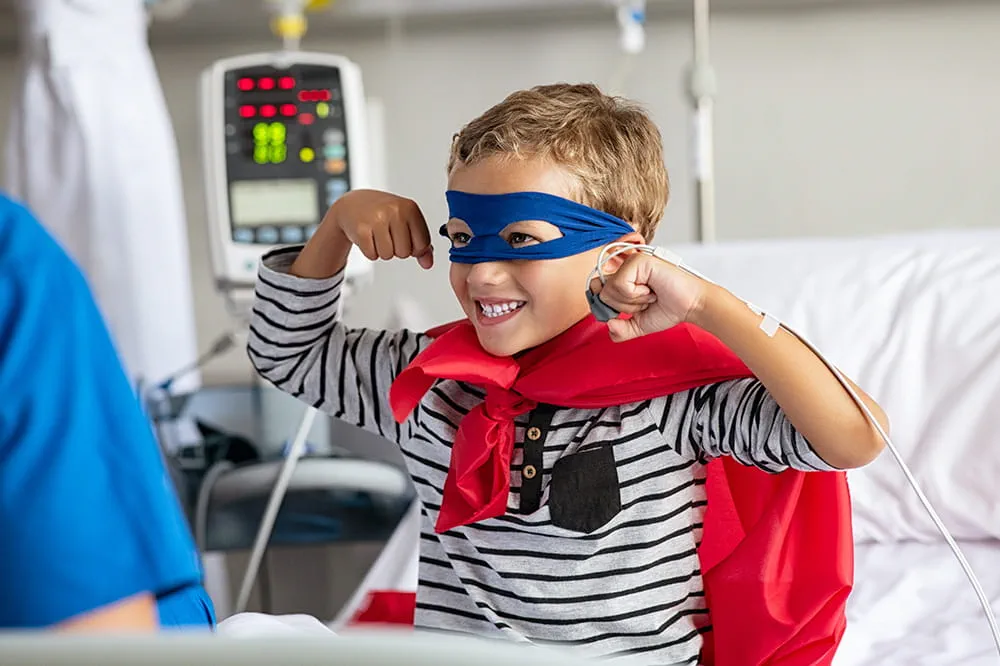
Ranked nationally in pediatric care.
Arkansas Children's provides right-sized care for your child. U.S. News & World Report has ranked Arkansas Children's in seven specialties for 2025-2026.

It's easier than ever to sign up for MyChart.
Sign up online to quickly and easily manage your child's medical information and connect with us whenever you need.
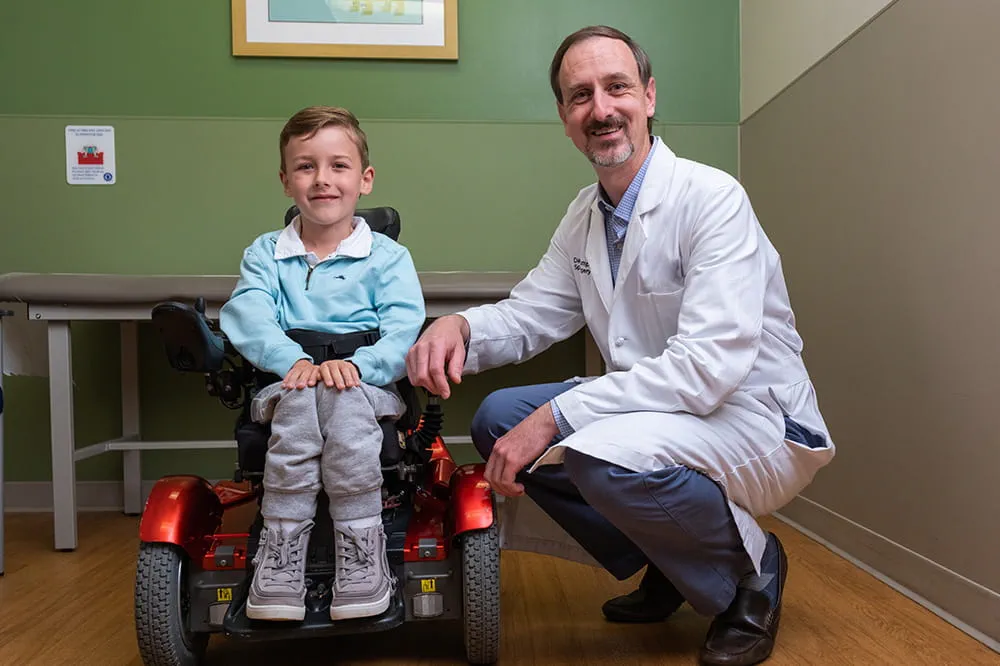
We're focused on improving child health through exceptional patient care, groundbreaking research, continuing education, and outreach and prevention.
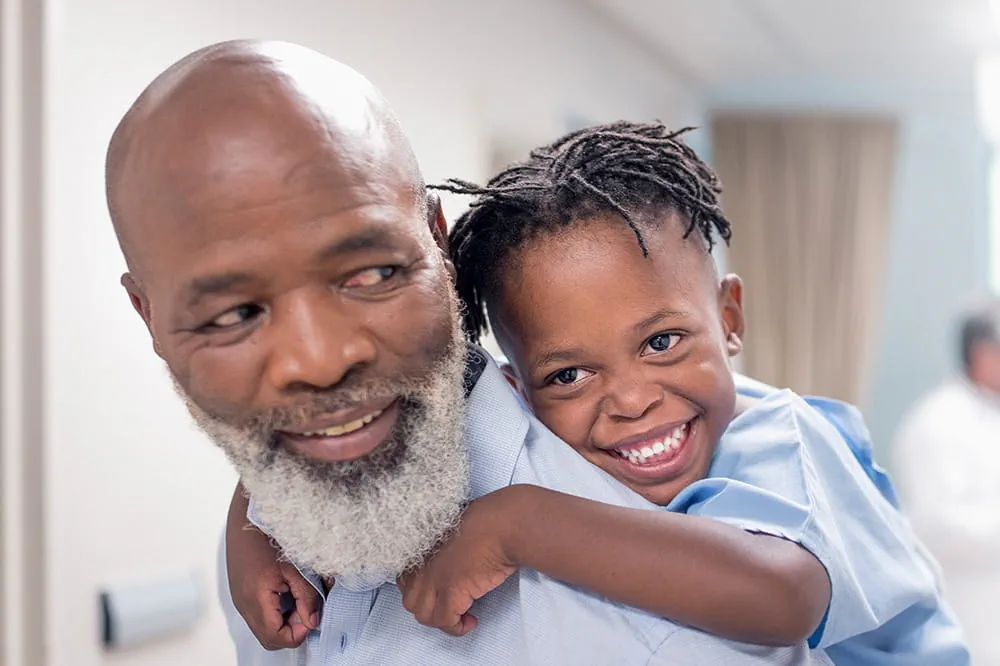
When it comes to your child, every emergency is a big deal.
Our ERs are staffed 24/7 with doctors, nurses and staff who know kids best – all trained to deliver right-sized care for your child in a safe environment.

Arkansas Children's provides right-sized care for your child. U.S. News & World Report has ranked Arkansas Children's in seven specialties for 2025-2026.

Looking for resources for your family?
Find health tips, patient stories, and news you can use to champion children.

Support from the comfort of your home.
Our flu resources and education information help parents and families provide effective care at home.

Children are at the center of everything we do.
We are dedicated to caring for children, allowing us to uniquely shape the landscape of pediatric care in Arkansas.
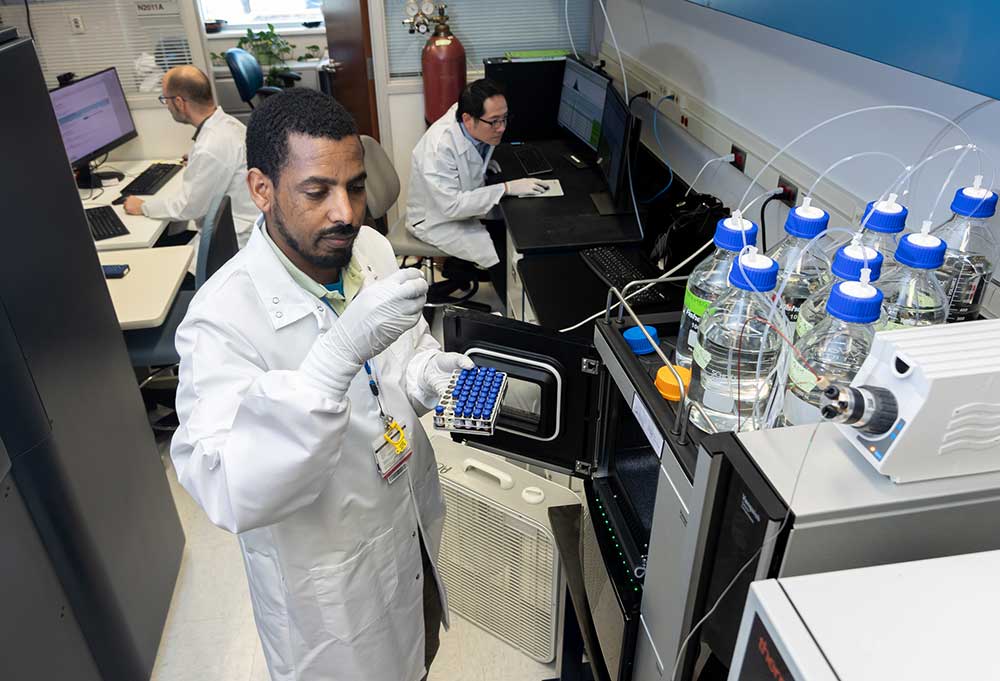
Transforming discovery to care.
Our researchers are driven by their limitless curiosity to discover new and better ways to make these children better today and healthier tomorrow.

We're focused on improving child health through exceptional patient care, groundbreaking research, continuing education, and outreach and prevention.
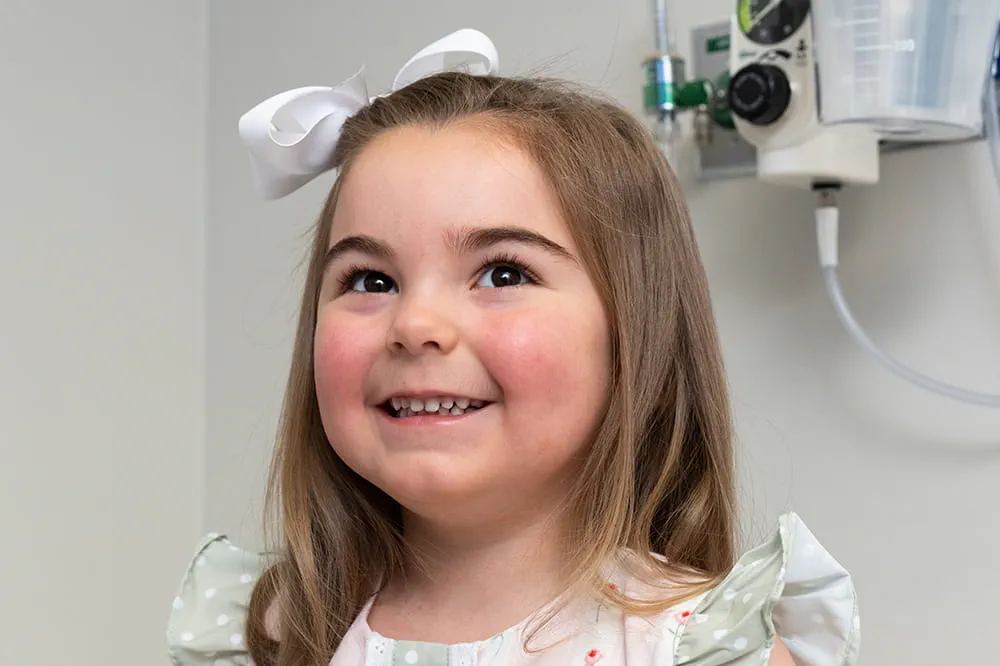
Then we're looking for you! Work at a place where you can change lives...including your own.
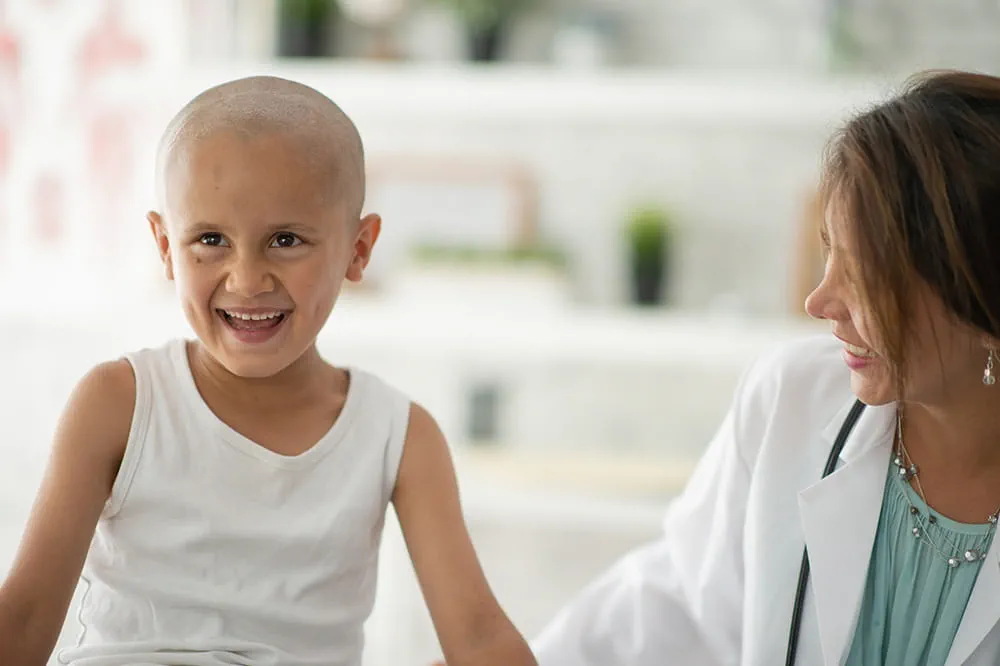
When you give to Arkansas Children's, you help deliver on our promise of a better today and a healthier tomorrow for the children of Arkansas and beyond
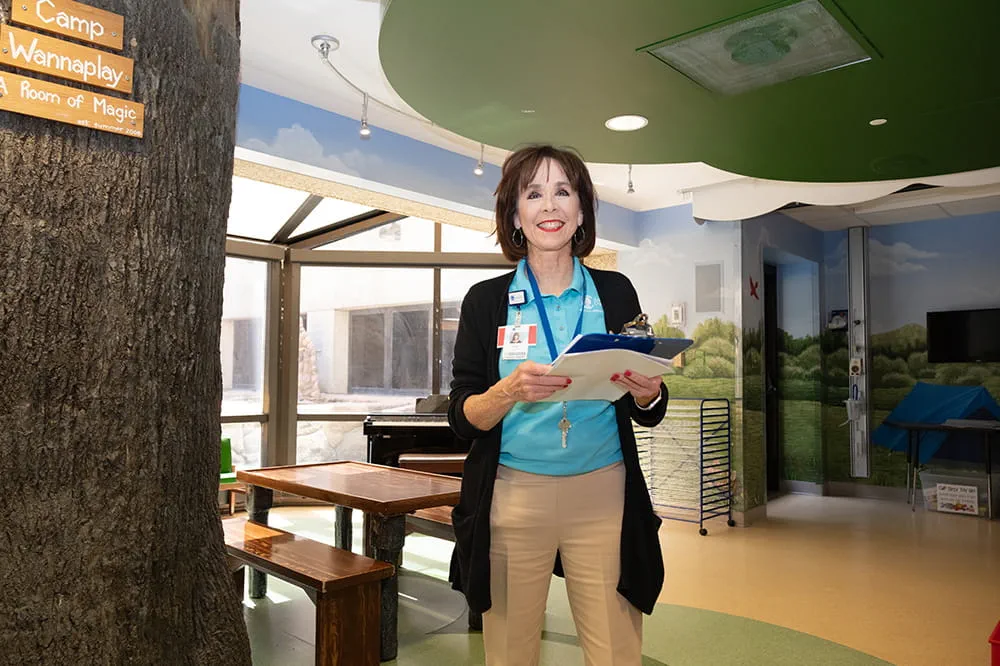
Become a volunteer at Arkansas Children's.
The gift of time is one of the most precious gifts you can give. You can make a difference in the life of a sick child.
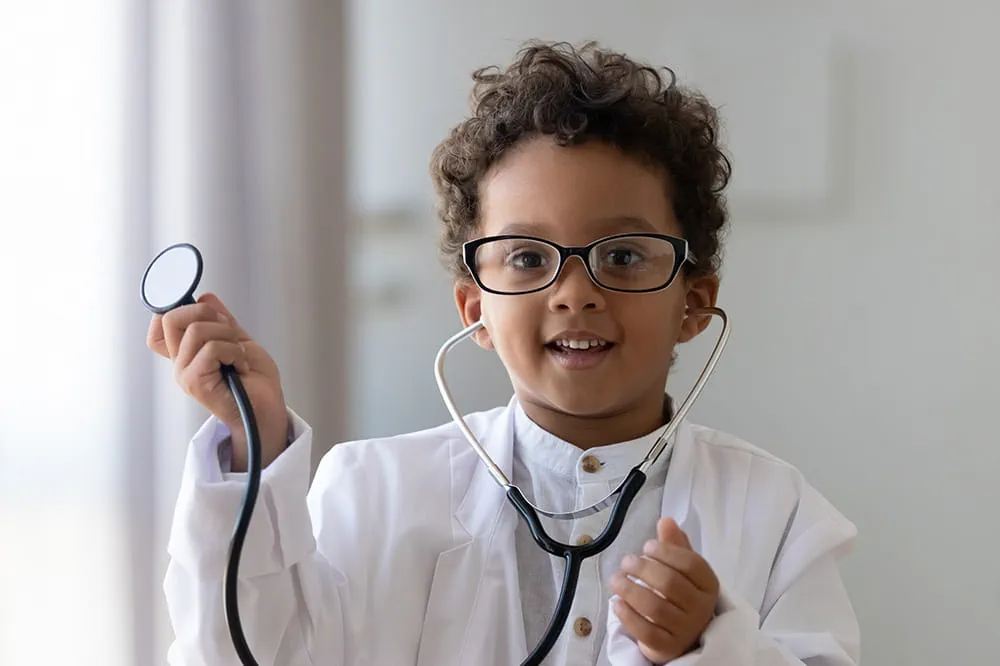
Join our Grassroots Organization
Support and participate in this advocacy effort on behalf of Arkansas’ youth and our organization.

Learn How We Transform Discovery to Care
Scientific discoveries lead us to new and better ways to care for children.

Learn How We Transform Discovery to Care
Scientific discoveries lead us to new and better ways to care for children.

Learn How We Transform Discovery to Care
Scientific discoveries lead us to new and better ways to care for children.

Learn How We Transform Discovery to Care
Scientific discoveries lead us to new and better ways to care for children.

Learn How We Transform Discovery to Care
Scientific discoveries lead us to new and better ways to care for children.

Learn How We Transform Discovery to Care
Scientific discoveries lead us to new and better ways to care for children.
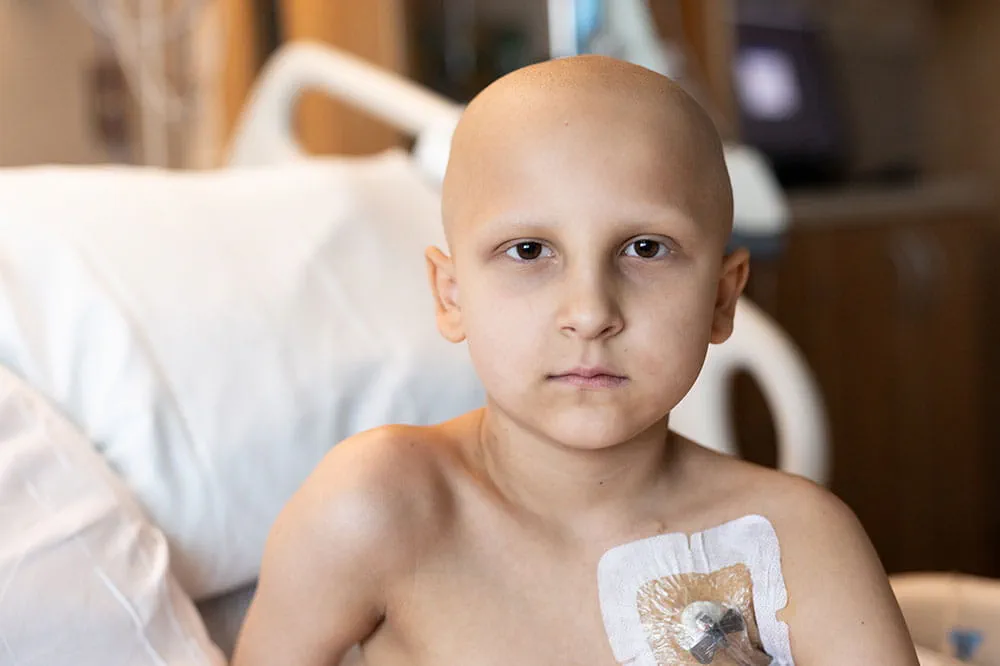
When you give to Arkansas Children’s, you help deliver on our promise of a better today and a healthier tomorrow for the children of Arkansas and beyond.
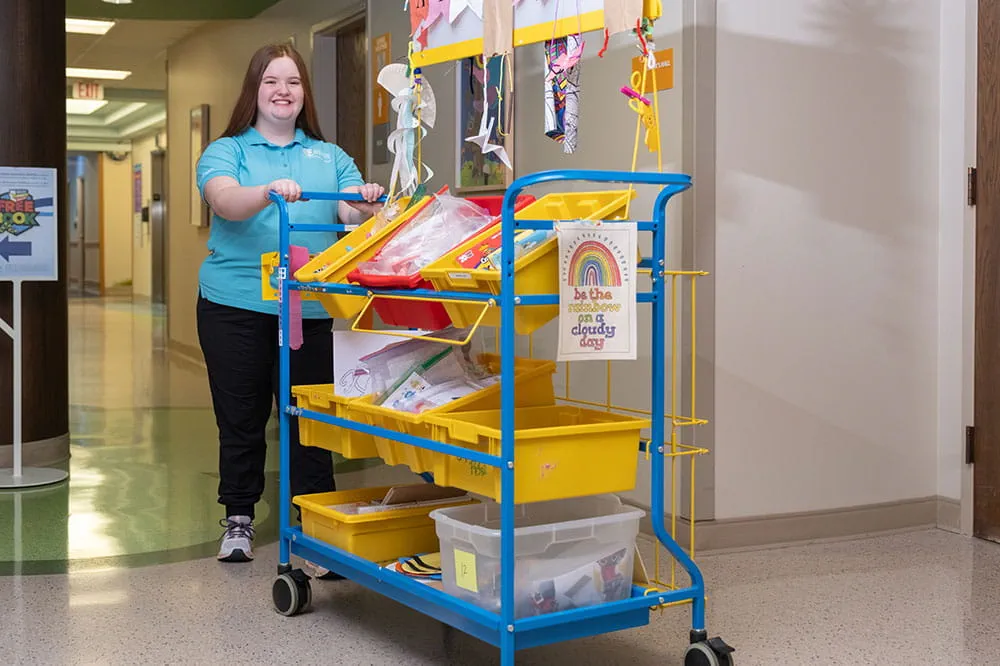
Your volunteer efforts are very important to Arkansas Children's. Consider additional ways to help our patients and families.

Join one of our volunteer groups.
There are many ways to get involved to champion children statewide.

Make a positive impact on children through philanthropy.
The generosity of our supporters allows Arkansas Children's to deliver on our promise of making children better today and a healthier tomorrow.
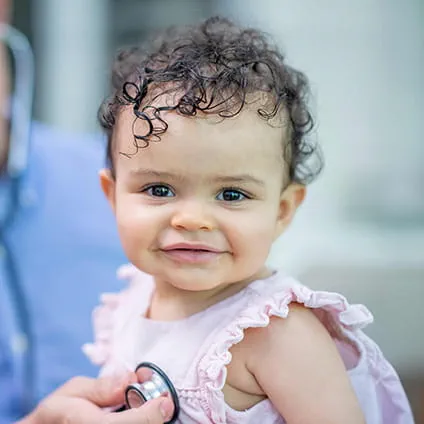
Read and watch heart-warming, inspirational stories from the patients of Arkansas Children’s.

Hello.

Arkansas Children's Hospital
General Information 501-364-1100
Arkansas Children's Northwest
General Information 479-725-6800

Transposition of the Great Arteries
What is transposition of the great arteries?
Transposition of the great arteries (TGA) is a complex heart condition that affects how blood moves through a baby’s heart. It’s a type of congenital heart condition, which means it’s a condition a baby is born with.
The great arteries are the aorta and the pulmonary artery. Normally, the aorta is connected to the left ventricle and pumps out blood to the body. The pulmonary artery is normally connected to the right ventricle and pumps blood to the lungs for oxygen. These two arteries in a baby with TGA are connected to the opposite ventricle. This means that blood without enough oxygen is being sent to the body while blood with oxygen is sent back to the lungs.
Some babies with TGA also have other heart defects, such as holes between the upper or lower chambers of the heart. These holes may allow more blood with oxygen to get out to the baby’s body, but it is not enough oxygen to survive without surgery.
What are the signs and symptoms of transposition of the great arteries?
In some cases, transposition of the great arteries is found before birth during an ultrasound or fetal echocardiogram.
When a baby is born with TGA, they usually have symptoms shortly after birth. Symptoms may include:
- A blue tint to the skin (cyanosis)
- Fast breathing
- Trouble breathing
- Poor feeding
What causes TGA?
Experts do know what causes TGA. The condition develops early in pregnancy when the heart is formed.
How is TGA treated?
The treatment for TGA may depend on your baby’s specific heart anatomy. Most babies with TGA need some type of treatment to improve their oxygen levels shortly after birth. Your care team at Arkansas Children’s is experienced in treating TGA and will work with you to develop the best treatment plan for your child. Treatment options may include:
- Medication to keep a connection in the heart, called the ductus arteriosus, open after birth. Usually it closes shortly after birth, but if kept open, it can help deliver blood to the lungs until your baby can have a permanent treatment.
- A catheterization procedure, called a balloon atrial septostomy is often done shortly after birth. This procedure uses a thin tube (called a catheter) with a balloon on the end of it to enlarge a hole (foramen ovale) in the heart that usually closes after birth. This hole allow some oxygen-rich blood to get out to the body.
- Surgery to repair the condition, called the arterial switch, is the only permanent treatment for babies with TGA. The surgery repairs the heart so the pulmonary artery is attached to the right ventricle and the aorta is attached to the left ventricle.
After surgery, babies with TGA will need to have follow-up visits with a cardiologist (a heart doctor) into adulthood. As they grow, some children may need additional treatments or surgeries.
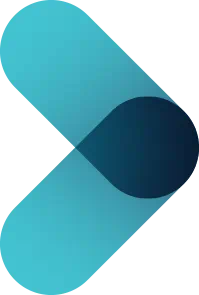
Appointments
New and existing patients can visit our appointment hub for several ways to request an appointment, including online scheduling for many services.
Request an appointment
